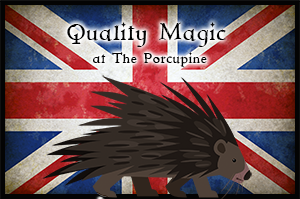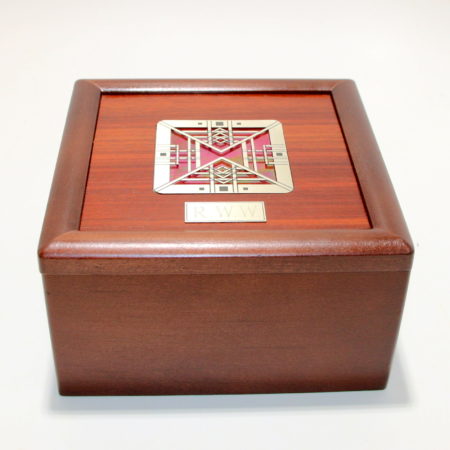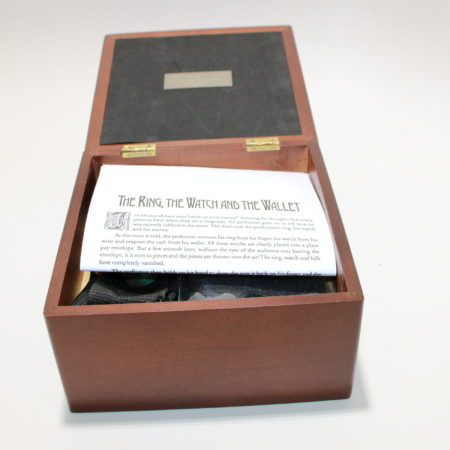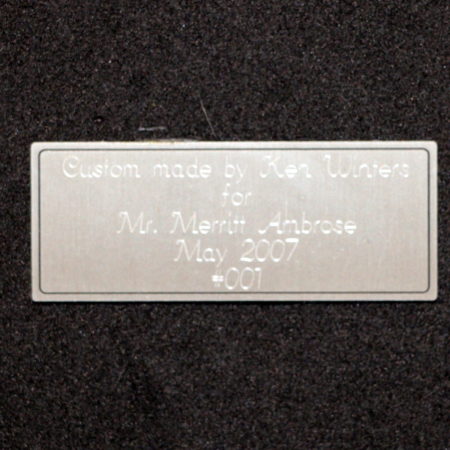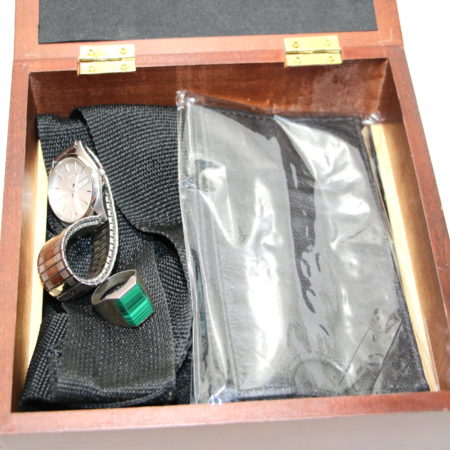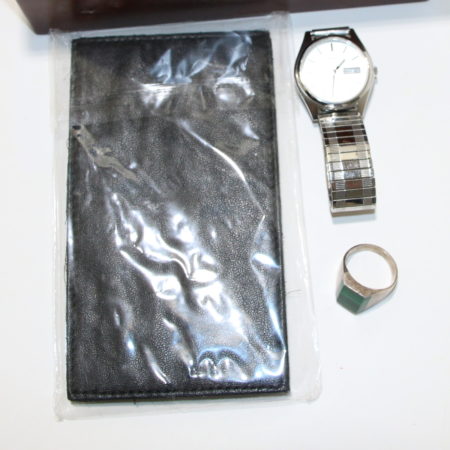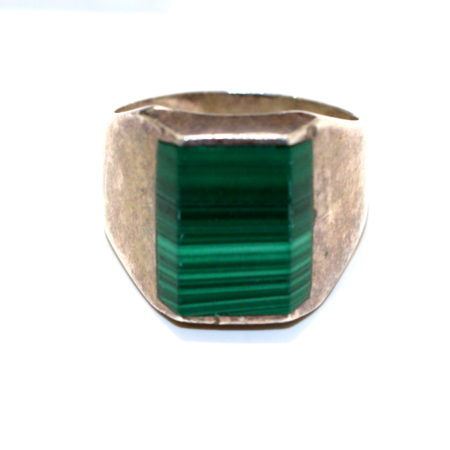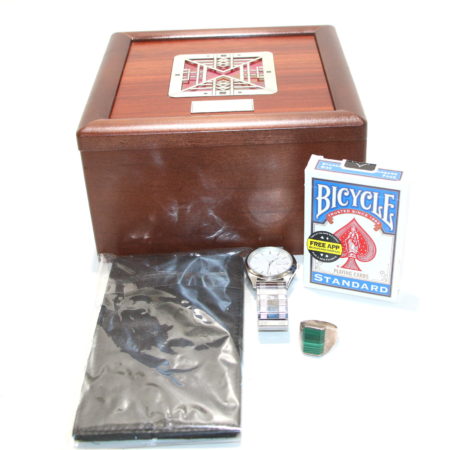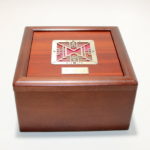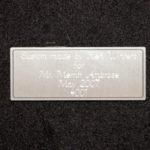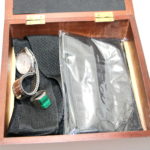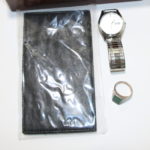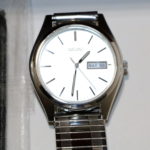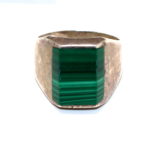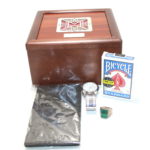Description
This effect is one of Tommy Wonder’s most amazing achievements and truly one of his signature pieces – it is Tommy’s version of the Oswald Williams Hold-up premise*. There have been a number of versions of this effect over the years by various builders, but this one, by Ken Winters, is considered the best. Ken has followed every detail in Tommy Wonder’s routine and spared no expense or detail. This version even work’s smoother than Tommy’s own unit that retailed for $5000.
This unit is the very first set that Ken Winters created in 2007 with a plaque stating #1 and comes complete with all necessary props to perform Tommy’s full routine: the regular watch, the incredibly gaffed watch, the reel, the harness, the notched wallet and even the ring. Also included is a template for correctly gaffing the envelope which is simple and just requires two cuts in the right place. It also includes the full and detailed instructions from the Books of Wonder.
If you ever wanted to perform this amazing routine, this would be the set to do it with. Here are some words from Tommy Wonder explaining why the trick is so effective:
I’ve used this trick to open my close-up and parlor acts for years, and I’m pleased to say it seems to fool everyone-even well-posted magicians- as thoroughly as I hoped it would.
The main reason the trick is so deceptive is because, although all three items are seemingly placed into the envelope, each is vanished from it by a different method. Each method cancels thoughts of another of the methods employed, thus strengthening the whole and making the procedure impossible to reconstruct.
Effect: I HOPE you all have your hands on your money!” Echoing the thoughts that many persons have when they see a magician, the performer goes on to tell how he was recently robbed in the street. The thief took the performer’s ring, his watch and his money.
As this story is told, the performer removes his ring from his finger, his watch from his wrist and empties the cash from his wallet. All these articles are clearly placed into a plain pay envelope. But a few seconds later, without the eyes of the audience ever leaving the envelope, it is torn to pieces and the pieces are thrown into the air!The ring, watch and bills have completely vanished.
The performer then holds up his hand to show the ring is back on his finger and the watch on his wrist! And when his wallet is opened, the cash is back inside! Not a good day for robbers.
*If you read Tommy’s account in the Books of Wonder he starts the chapter with:
This is my approach to a plot by Oswald Williams. My actual starting point, however, wasn’t Mr. Williams’s original trick but Alan Shaxon’s treatment of it from his book My Kind of Magic (see “It’s a Hold-up!”, p. 14).
Notice Tommy mentions Oswald Williams and not Rae, but Alan Shaxon in his book clearly refers to Oswald Rae. And if you look through the literature you will see various reviewers, magicians and authors use the last names Oswald and Rae almost interchangeably. When I started looking at this I was a little confused – which English magician called Oswald came up with this trick originally in the early 1900’s? With the help of Denis Behr, his wonderful site Conjuring Archive, and lots of searching on lybrary.com and askalexander.org I have been able to piece together (at least to my satisfaction) the correct history of events, and it coincides with what both Jim Steinmeyer (Magic Magazine, Nov. 1992) and Sid Lorraine (Patter, 1938) say too. Sid Lorraine puts it best for me:
THE WRIST WATCH TRICK – This is the trick where the performer takes off his wrist watch, puts it in a handkerchief and it vanishes; only to reappear on his wrist. The trick was invented by the late Oswald Williams. … I first saw it performed by Jasper Maskelyne in 1928. It was first introduced to America by Oswald Rae in 1930. Several dealers have been selling this for a number of years. However, Davenport of London sells the original Williams’ version and the patter used by that gentleman.
Denis Behr and Stephen Minch have dug into this even deeper and their findings are summarized here. It seems reasonable thus to attribute Oswald Williams and Oswald Rae both some of the credit to an effect that Tommy Wonder would turn into one of his finest and most memorable creations.
(Notice: Includes: Printed Instructions.)
( Post Source: martinsmagic.com - click for details )